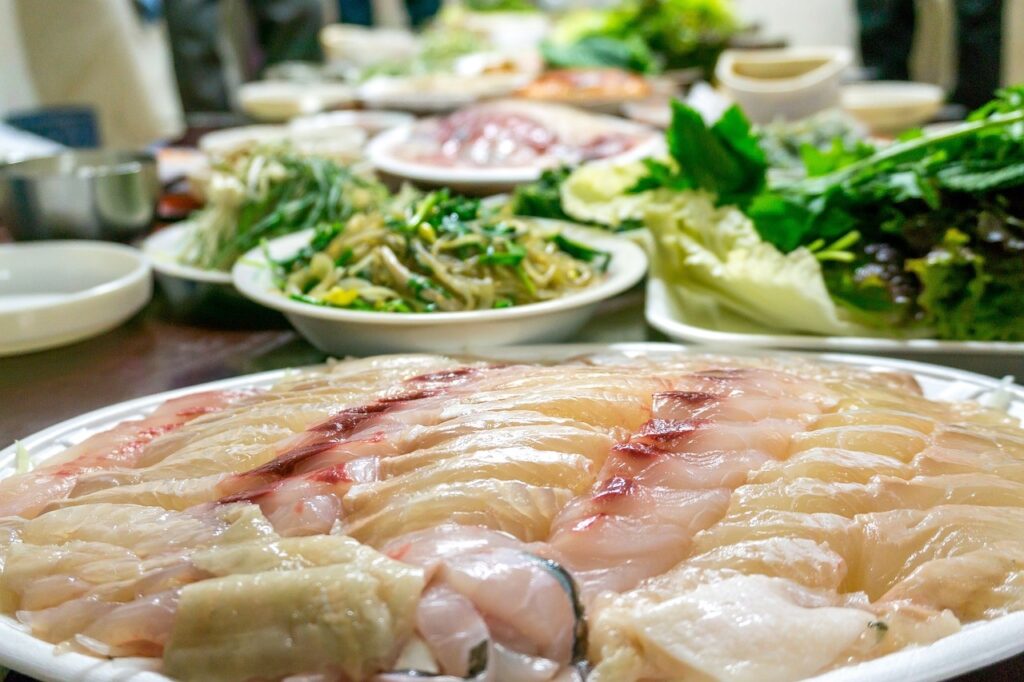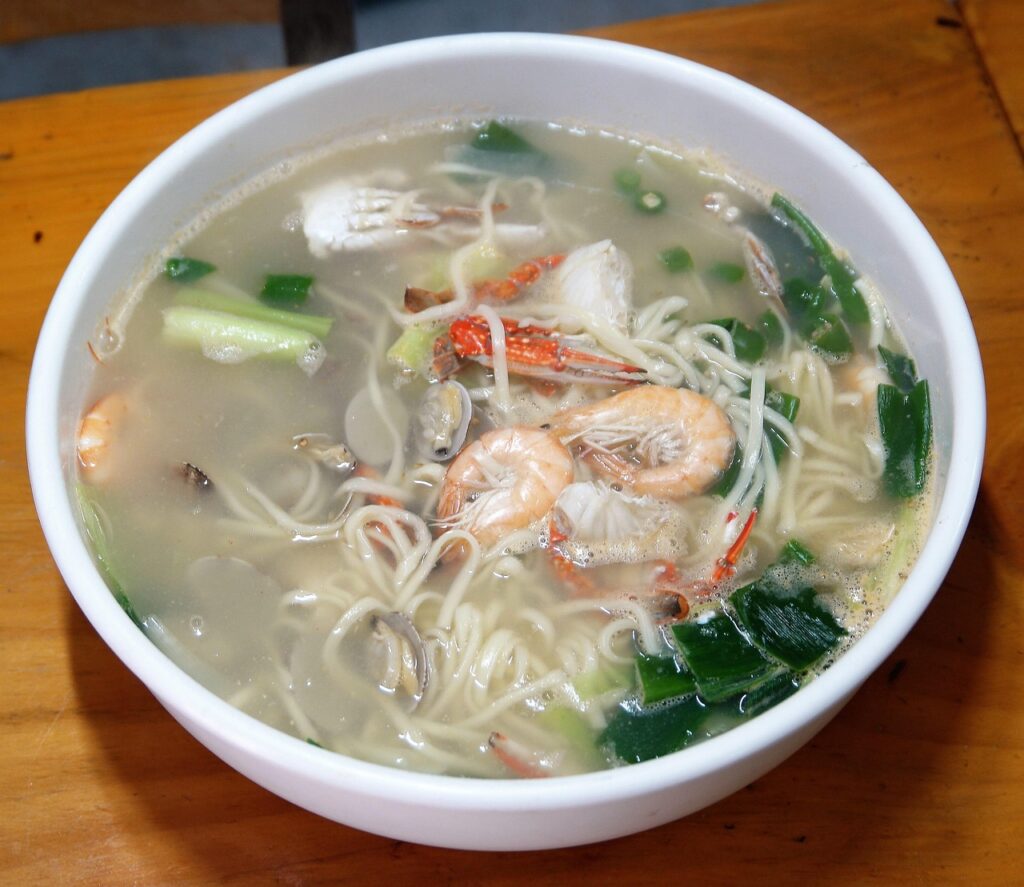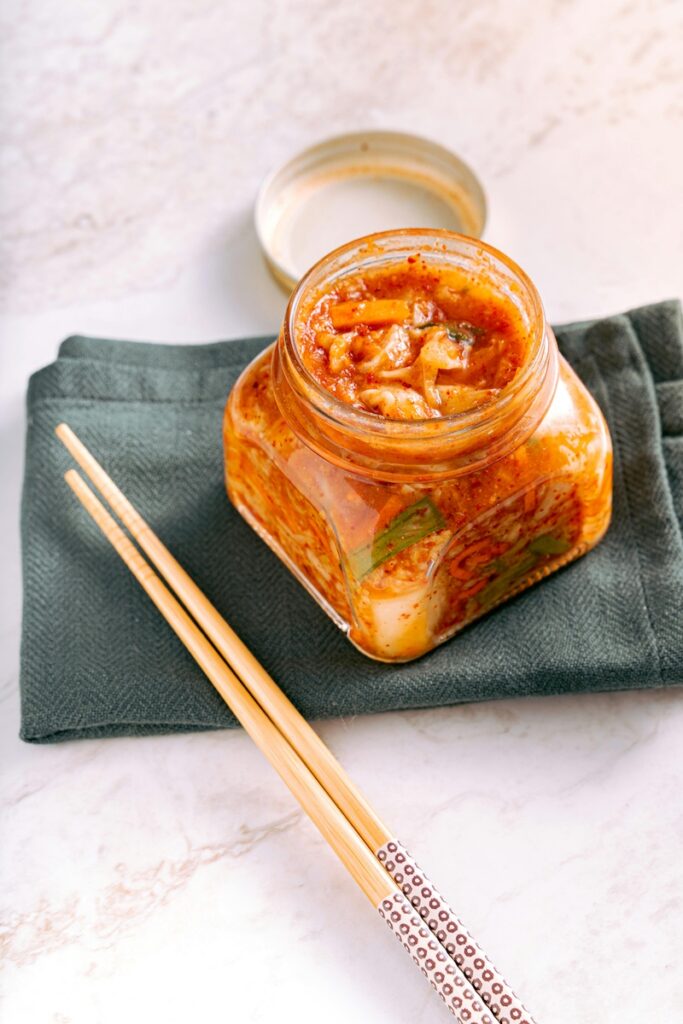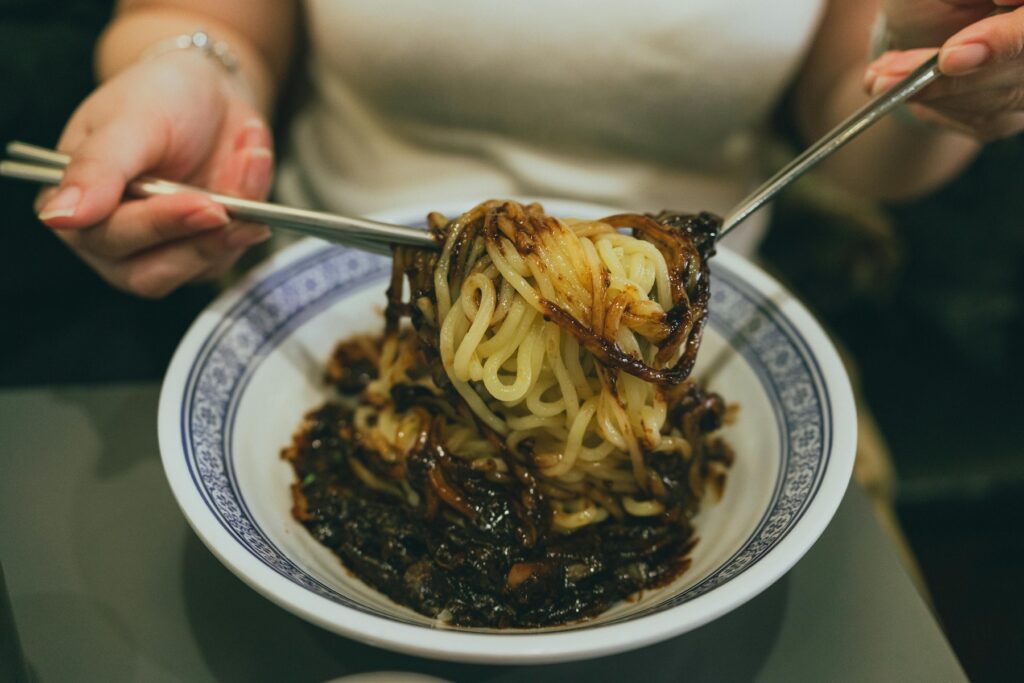Introduction: A Nation Surrounded by the Sea
When you first visit Korea, you may notice something unique — seafood seems to appear everywhere.
At markets, in hot soups, on sizzling grills, even tucked into kimbap rolls.
It’s not just a culinary choice; it’s a way of life.
Korea’s relationship with the sea is as old as its history itself.
From the chilly waters of the East Sea to the calm tides of the West and the warm Southern Sea, the country is literally surrounded by oceans — and that geography has shaped everything, from diet to culture to national identity.
Seafood is not a luxury in Korea. It’s an everyday comfort food, a cultural symbol, and for many, a taste of home.
And even foreign celebrities who’ve come to Korea — from BTS collaborators to Hollywood stars and K-drama fans — have been captivated by the country’s fresh and flavorful seafood.
Let’s dive into why Koreans love seafood so deeply — and how it became one of the most fascinating aspects of Korean life.
1. Geography: Three Seas, Endless Variety
Korea is a peninsula with the East Sea (동해), West Sea (서해), and South Sea (남해) forming its natural borders.
This means no matter where you live, the ocean is never far away.
Each coastline has its own specialties:
- 🦑 East Sea: Squid, pollock, cod, and seaweed
- 🦪 South Sea: Abalone, oyster, octopus, and anchovy
- 🦀 West Sea: Blue crab, clam, and small shellfish
Historically, Korean fishermen and coastal towns developed regional food identities around these ingredients — like Jeju’s abalone porridge (전복죽), Busan’s raw fish platters (회), and Incheon’s marinated crab (간장게장).
This regional diversity makes seafood not only a staple, but a story of place and tradition.
2. History: Why Fish Came Before Meat
Centuries ago, raising livestock was rare in Korea.
The mountainous terrain made cattle and pigs more useful for farming than for eating.
During the Goryeo and early Joseon dynasties, Buddhist influence encouraged a mostly vegetarian diet — and seafood became the main source of protein.
Even after meat-eating returned, fish remained a practical, beloved choice.
Dried pollock (북어), salted fish (젓갈), and dried anchovies (멸치) became essential pantry staples — portable, nutritious, and long-lasting in Korea’s seasonal climate.
To this day, even city apartments have jars of anchovies and salted shrimp tucked into kitchen drawers — the quiet legacy of a seafaring past.

3. Culture: The Spirit of Freshness and Vitality
Koreans believe seafood brings life energy (기운).
A bowl of spicy seafood stew (해물탕) is not just dinner; it’s “warming your body.”
A bowl of seaweed soup (미역국) symbolizes new beginnings — traditionally eaten on birthdays and after childbirth.
The idea runs deep:
“If you eat from the sea, you live strong and long.”
It’s no surprise that when someone’s tired or stressed, a friend might say:
“Let’s go eat some spicy octopus stir-fry — you’ll feel better.”
This philosophy makes seafood part of Korea’s emotional healing culture, not just nutrition.
4. The Modern Table: From Street Stalls to Fine Dining
Walk through Noryangjin Fish Market in Seoul and you’ll witness Korea’s seafood culture alive and thriving —
vendors shouting prices, tanks bubbling with live fish, tourists taking photos of crabs the size of dinner plates.
But seafood isn’t only a market experience. It’s found across all levels of Korean dining:
- 🍢 Street food: Fishcake skewers (어묵), squid tempura, small octopus stir-fry
- 🍲 Casual meals: Kimchi stew with tuna, seafood pancakes (해물파전)
- 🦑 Special dishes: Spicy seafood stew (해물탕), marinated crab (간장게장), steamed clams (조개찜)
- 🍣 Fusion cuisine: Korean sushi, spicy seafood pasta, grilled abalone butter rice
In every form, freshness is key — live fish are chosen and cooked within minutes.
That’s what gives Korean seafood its unique, vibrant taste.
5. Celebrity Encounters: When Stars Taste the Ocean
Over the past few years, global celebrities visiting Korea have become unexpected ambassadors of seafood culture.
🌍 5.1. Gordon Ramsay — “This seafood is pure craftsmanship.”
When celebrity chef Gordon Ramsay visited Busan, he praised the freshness of the raw fish platters:
“It’s incredible — you can literally taste the sea. The texture is so clean, and the respect for the ingredient is outstanding.”
Ramsay even highlighted Korean-style abalone as “a hidden gem in Asian cuisine.”
🐙 5.2. BLACKPINK & Rosé’s Abalone Craze
During an interview for a New Zealand outlet, BLACKPINK’s Rosé (who grew up abroad) shared that one of her favorite Korean dishes is jeonbokjuk (abalone porridge), saying:
“It’s the first thing I eat when I land in Korea. It just feels like home.”
That quote alone inspired food vlogs from international fans trying abalone dishes for the first time in Seoul and Jeju.
🦀 5.3. Paul Wesley from The Vampire Diaries — “I didn’t expect to love crab this much.”
When actor Paul Wesley visited Seoul in 2023 for a fan event, he filmed a short segment eating soy-marinated crab (간장게장).
He described it as:
“Sweet, salty, addictive — I could eat this every day.”
That clip went viral on TikTok and introduced thousands of fans to one of Korea’s most iconic seafood dishes.
🐟 5.4. David Beckham’s Jeju Grilled Fish Moment
During Beckham’s family trip to Jeju Island, local news captured him dining on grilled mackerel with his children.
He reportedly told reporters,
“It’s simple, clean, and perfect — exactly the kind of food I love when I travel.”
It sparked a local tourism boom for the same restaurant within days.
These celebrity experiences show how Korea’s seafood culture transcends language and nationality — it’s simply delicious, comforting, and deeply authentic.

6. Why Foreigners Fall in Love with Korean Seafood
Visitors often find Korean seafood different from what they know back home — it’s spicier, fresher, and far more diverse.
Common reactions include:
| Foreign Reaction | Korean Dish |
|---|---|
| “It’s so fresh, it almost tastes alive.” | Raw fish (회) |
| “I’ve never had anything like this texture.” | Octopus stir-fry (낙지볶음) |
| “The flavor is deep and spicy, not fishy at all.” | Seafood soup (해물탕) |
| “It’s beautiful — like eating art.” | Jeju abalone dishes |
Korean seafood invites travelers into an immersive sensory experience — taste, smell, sound, and even ritual.
That’s what keeps global visitors coming back for more.
7. The Ethical & Environmental Conversation
Korea’s passion for seafood also comes with a growing environmental awareness.
Young Koreans are increasingly interested in sustainable fishing and marine ecosystem protection.
Seafood companies now promote eco-labels and traceable supply chains, ensuring the next generation can continue to enjoy the ocean’s gifts.
Restaurants in Seoul and Busan are adopting “zero waste seafood” menus — using entire fish for broth, bones, and side dishes.
Even local TV shows like “나혼자산다 (I Live Alone)” feature celebrities visiting small fishing villages to reconnect with nature and sustainable living.
8. What Seafood Reveals About Korea
Seafood in Korea isn’t just about flavor — it reveals the nation’s character.
- Resilience: generations of fishermen surviving storms and scarcity.
- Precision: cutting sashimi perfectly thin, seasoning crabs just right.
- Community: families sharing stews and grilled fish at long tables.
In a way, seafood represents the Korean spirit — flexible, resourceful, and full of life.
9. Where to Try It (For Foreign Visitors)
If you’re visiting Korea and want to experience authentic seafood culture, here are must-visit spots:
- Noryangjin Fish Market (Seoul) — Pick your fish, get it cooked on the spot.
- Busan Jagalchi Market — Korea’s largest seafood market, by the sea.
- Jeju Island Coastal Villages — Taste abalone porridge and grilled fish.
- Incheon Chinatown Area — Try soy-marinated crab and spicy clam stew.
Pro tip: Always say “신선한 거 주세요 (please give me something fresh)” — locals will smile instantly.
10. Conclusion: The Sea on Every Korean Table
Seafood isn’t a side dish in Korea — it’s the heart of daily life.
It connects past and present, family and tradition, locals and visitors.
From a fisherman’s early morning catch in Busan to a YouTuber’s viral “first crab experience,” Korean seafood continues to tell stories of flavor, heritage, and humanity.
Even for foreigners, tasting it is like tasting Korea itself —
fresh, complex, comforting, and unforgettable.

